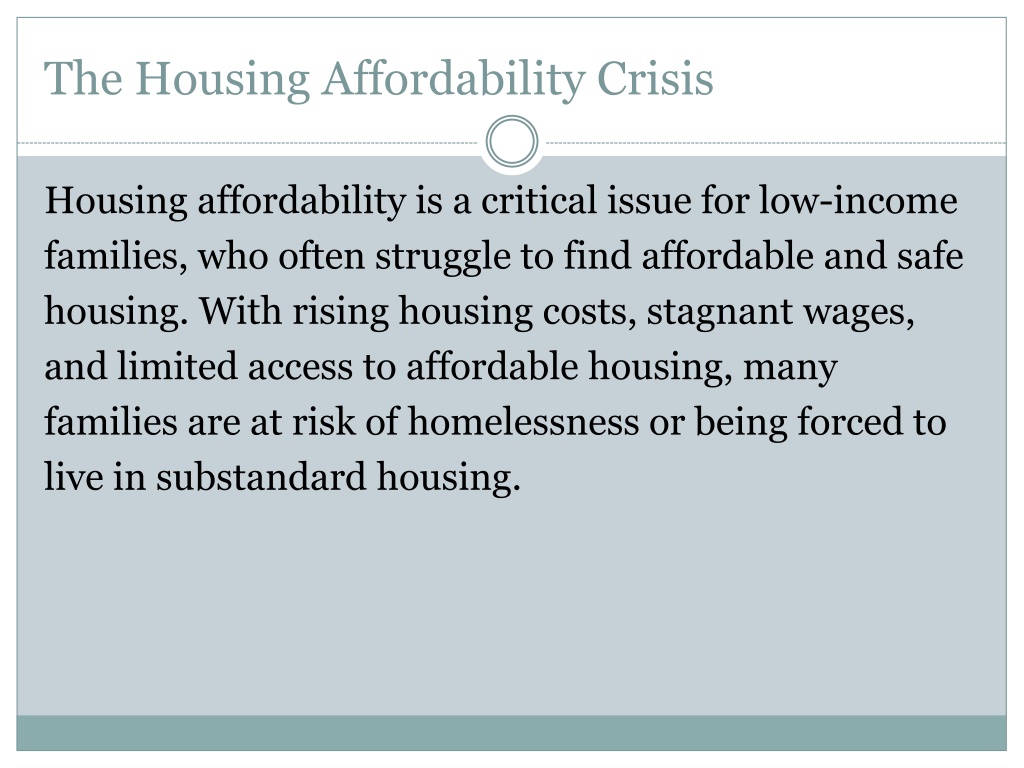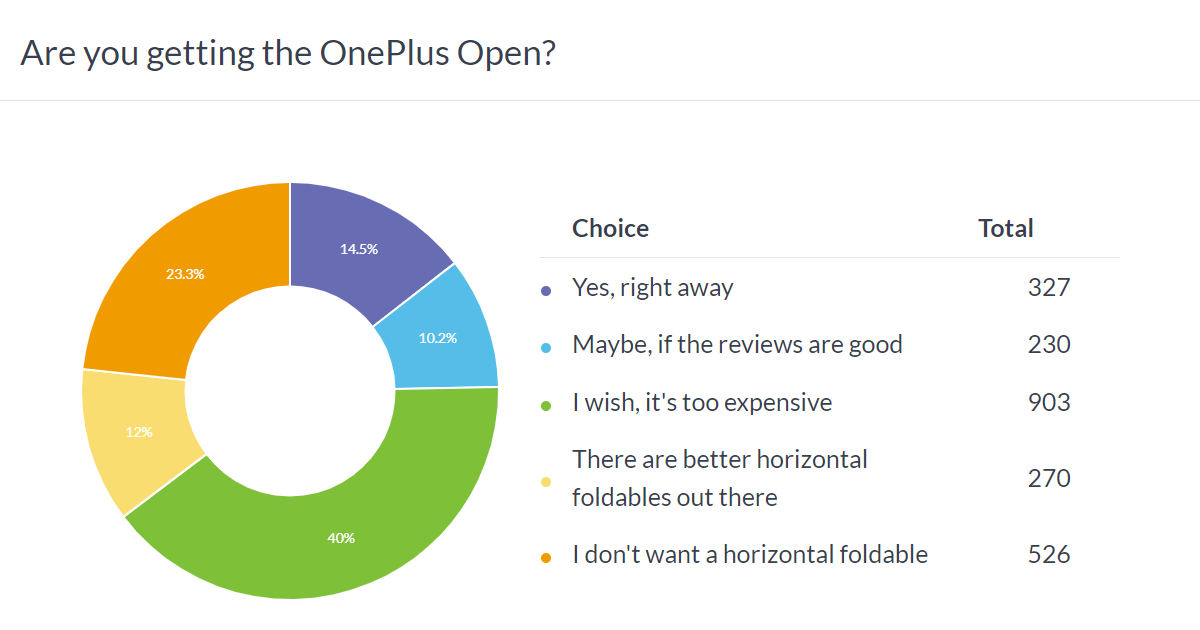Is Affordable Housing Possible Without Crashing Home Prices? Gregor Robertson's Perspective

Table of Contents
Gregor Robertson's Approach to Affordable Housing in Vancouver
Gregor Robertson's tenure as Mayor of Vancouver (2008-2018) was significantly shaped by the city's escalating housing crisis. His administration implemented several policies aimed at increasing housing affordability, primarily focusing on increasing housing density through zoning reform. Key elements of his approach included:
-
Density and Zoning Reform: Robertson's administration pushed for significant changes to Vancouver's zoning regulations, aiming to allow for the construction of taller, denser buildings, particularly in areas well-served by transit. The goal was to increase the supply of housing units, thereby impacting the supply and demand dynamics of the Vancouver housing market and theoretically lowering prices.
-
Rental Housing Initiatives: Recognizing the crucial role of rental housing in overall affordability, Robertson's policies included incentives for developers to build rental units and protections for existing tenants. This involved streamlining approval processes for rental developments and exploring innovative rental models.
-
Inclusionary Zoning: While not fully implemented to the extent some advocated, the exploration of inclusionary zoning – requiring developers to include a certain percentage of affordable units in new developments – formed part of Robertson's strategy. This aimed to directly integrate affordable housing into new construction projects, rather than relying solely on separate social housing initiatives.
-
Social Housing Investments: Robertson's administration also invested in the development of social housing units, targeting vulnerable populations. However, the scale of this investment was often criticized as insufficient to address the magnitude of the crisis. Specific examples included projects in various neighborhoods, though the overall impact on the wider affordable housing landscape remains a subject of debate.
The Challenges of Balancing Affordability and Market Stability
Balancing the need for affordable housing with the maintenance of market stability is a delicate act. Increasing housing supply rapidly to lower prices carries inherent risks. A sudden influx of new units could potentially overwhelm the market, leading to a price correction, or even a housing market crash, negatively impacting existing homeowners.
-
Speculation and Investment: The Vancouver real estate market, like many others, has been significantly influenced by speculation and investment, driving up prices beyond what many would consider reasonable for the average individual. Addressing this requires addressing investor activity and potentially introducing measures to discourage speculation.
-
Property Taxes and Regulations: Property taxes and other regulations play a crucial role in shaping housing affordability. High property taxes can impact affordability for both homeowners and renters, while poorly designed regulations can unintentionally restrict the supply of housing. Finding the right balance is essential.
-
Consequences of Rapid Supply Increases: While increasing supply is generally seen as a positive step, a sudden, large-scale increase can have unforeseen consequences. This could include reduced property values for existing homeowners, potentially leading to economic hardship for those who have invested significant capital in their homes.
Alternative Strategies for Affordable Housing Without Market Collapse
Beyond the policies implemented by Gregor Robertson, several alternative strategies can contribute to creating more affordable housing without necessarily crashing home prices. These include:
-
Community Land Trusts (CLTs): CLTs offer a model where land is held in trust, ensuring long-term affordability. Homes built on CLT land remain affordable, even as market prices rise, making them a valuable tool for creating permanent affordability.
-
Co-operative Housing: Co-operative housing models empower residents to collectively own and manage their housing, leading to more affordable and community-focused living arrangements. This model frequently avoids the market pressures driving up prices.
-
Rent Control: Rent control policies aim to limit rent increases, protecting tenants from exorbitant rent hikes. However, the impact of rent control on market dynamics is complex and can have both positive and negative effects depending on implementation.
-
Government Subsidies: Government subsidies can provide crucial financial support for the development and maintenance of affordable housing units. These subsidies can help offset the costs of construction, making it economically viable to create more affordable housing.
-
Land Value Capture: This strategy aims to capture increases in land value generated by public investments (like improved transit) and reinvest this revenue into affordable housing initiatives. It allows public investment to directly contribute to more affordable housing options.
The Role of Government Intervention in Achieving Affordable Housing
Addressing the housing crisis requires strong government intervention. Effective government policies are essential to create a sustainable and equitable housing system.
-
Government Regulation and Policy: Clear and well-designed regulations, coupled with proactive housing policies, are crucial for promoting and protecting affordable housing. This includes ensuring appropriate building standards and protecting tenants' rights.
-
Public Investment and Infrastructure: Public investment in infrastructure, including public transit and other essential services, is critical for supporting affordable housing developments in diverse locations. This can make areas more attractive for development and increase their affordability.
-
Urban Planning and Housing Development: Careful urban planning can ensure that housing development meets the needs of the community, promoting affordable housing options within mixed-income neighborhoods.
Conclusion
This article has explored the multifaceted challenge of achieving affordable housing without negatively impacting home prices, analyzing Gregor Robertson's strategies and their outcomes in Vancouver. While his policies offered some progress, the magnitude of the housing crisis highlighted the need for comprehensive and sustained effort. Alternative approaches, such as CLTs, co-operative housing, and strategic government intervention, alongside a critical examination of land speculation and market dynamics, offer potential pathways towards a more equitable and sustainable housing future. The pursuit of affordable housing is a shared responsibility. Let's continue the conversation and explore innovative solutions to ensure affordable housing becomes a reality for all, without sacrificing market stability. Learn more about effective strategies for achieving affordable housing and join the movement for sustainable housing solutions.

Featured Posts
-
 Find Your Perfect Pair Best Nike Running Shoes For 2025
May 26, 2025
Find Your Perfect Pair Best Nike Running Shoes For 2025
May 26, 2025 -
 Naomi Campbell Met Gala Ban Rumors Truth Behind The Wintour Feud
May 26, 2025
Naomi Campbell Met Gala Ban Rumors Truth Behind The Wintour Feud
May 26, 2025 -
 Melanie Thierry Et Raphael Les Defis D Une Famille Recomposee Avec De Jeunes Enfants
May 26, 2025
Melanie Thierry Et Raphael Les Defis D Une Famille Recomposee Avec De Jeunes Enfants
May 26, 2025 -
 What To Watch Tonight Top 10 Tv And Streaming Choices Thursday
May 26, 2025
What To Watch Tonight Top 10 Tv And Streaming Choices Thursday
May 26, 2025 -
 Lewis Hamilton And Teammates Name A New Chapter Revealed In F1 Testing Footage
May 26, 2025
Lewis Hamilton And Teammates Name A New Chapter Revealed In F1 Testing Footage
May 26, 2025
Latest Posts
-
 Aj Odudu Addresses Mickey Rourkes Inappropriate Remark On Celebrity Big Brother
May 29, 2025
Aj Odudu Addresses Mickey Rourkes Inappropriate Remark On Celebrity Big Brother
May 29, 2025 -
 Celebrity Big Brother Aj Odudu Responds To Mickey Rourkes Comment
May 29, 2025
Celebrity Big Brother Aj Odudu Responds To Mickey Rourkes Comment
May 29, 2025 -
 Bay Areas Best High School Athletes Weekly Poll Results And This Weeks Nominees
May 29, 2025
Bay Areas Best High School Athletes Weekly Poll Results And This Weeks Nominees
May 29, 2025 -
 Vote Now Bay Area High School Athlete Of The Week
May 29, 2025
Vote Now Bay Area High School Athlete Of The Week
May 29, 2025 -
 California High School Athletes Weekly Poll Now Open Bay Area
May 29, 2025
California High School Athletes Weekly Poll Now Open Bay Area
May 29, 2025
